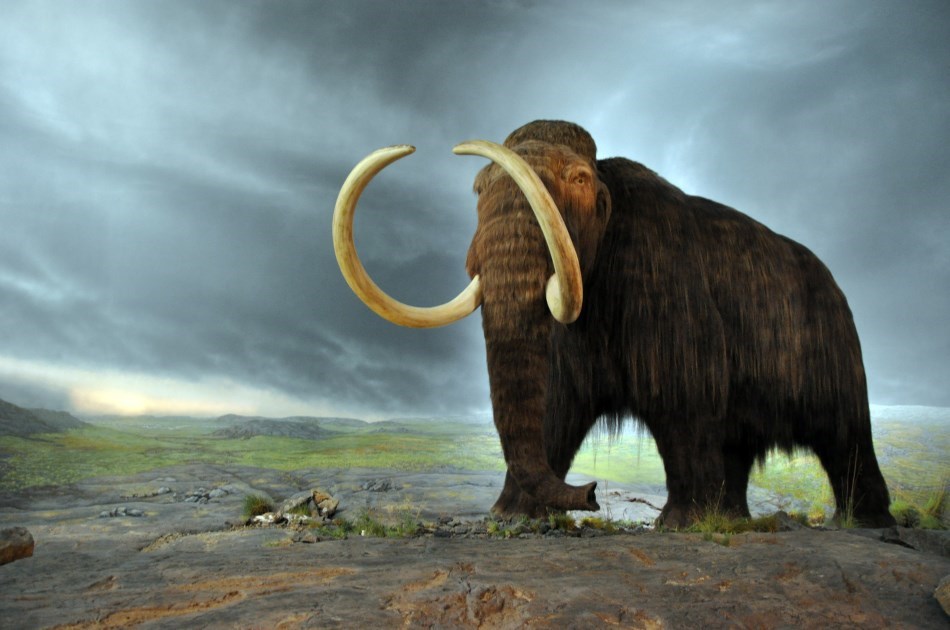The find was made by members and volunteers with Coastal and Intertidal Zone Archaeological Network (Citizan) on Thursday morning off Mersea Island.
.jpg)
Project officer Stephanie Ostrich said: "We came across it by chance. It is incredibly fragile and quite a rare find."
Samples and photographs were taken of the tusk, which was then left in situ.
Citizan works with amateur archaeologists along the coast.
The mammoth tusk was found during a "field walk" in which participants walk along a stretch of beach in a long line and record what they find.
The tusk was discovered about 1km (0.6m) from the coast off Cooper's Beach.
Mammoth factfile
.jpg)
- One of the oldest-known musical instruments is a flute made from mammoth ivory
- Most mammoth populations had died out by around 10,000 years ago although a small population of 500-1000 woolly mammoths lived on Wrangel Island in the Arctic until as recently as 1650 BC
- Scientists can work out a woolly mammoth's age from the rings of its tusk in a similar way to judging a tree's age from its rings
Ms Ostrich said the photographs taken would help the London-based Citizan team create a three-dimensional image of the tusk.
Research will also be carried out into how the discovery tallies with other finds made in the area.
According to BBC








